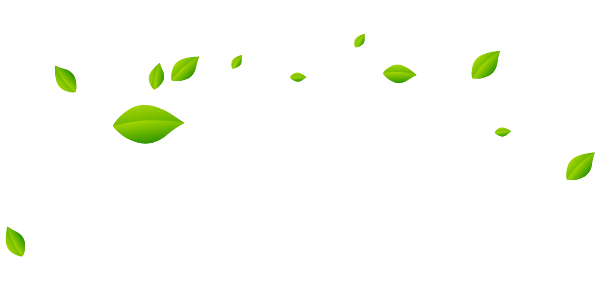
Ayurveda defines physiology in terms of three forces called Doshas. The three doshas are Vata, Pitta and Kapha.
Vata governs the physiology of motion in the body. This represent space and air.
Pitta governs the physiology of metabolism. This represent fire and water.
Kapha governs the physiology of structure. This represent water an earth.
Each person has all three of these Doshas with them. The balance of these three Doshas at the moment of conception defines what Ayurveda calls one’s constitution or “Prakruti”.
These doshas also fluctuate in accordance with how we live our lives and as they increase or decrease they cause different conditions in the body and mind. This is called “Vikruti”.
The goal of Ayurveda is to restore the proper balance of these physiological forces. This is accomplished by utilizing one’s senses properly and living a healthy lifestyle.
Ayurveda utilizes diet, colors, aromas, sounds and touch to restore balance. In addition, Ayurveda is one of the most advanced herbal sciences in the world. Herbal medicine plays an important role in Ayurveda.
Other tools often used by the Ayurvedic Practitioner include: Yoga, Meditation, Purification Programs (Pachakarma) and Lifestyle Counseling.
Attributes (Guna)
The mind has got three types of guna or attributes – Sattva, Rajah and Tamah. Among these three projections of the mind, only two are analyzed under Doshas – Rajah and Tamah. Sattva is only concerned with good actions and functions, and so is not suited under malevolent nature of Doshas.

